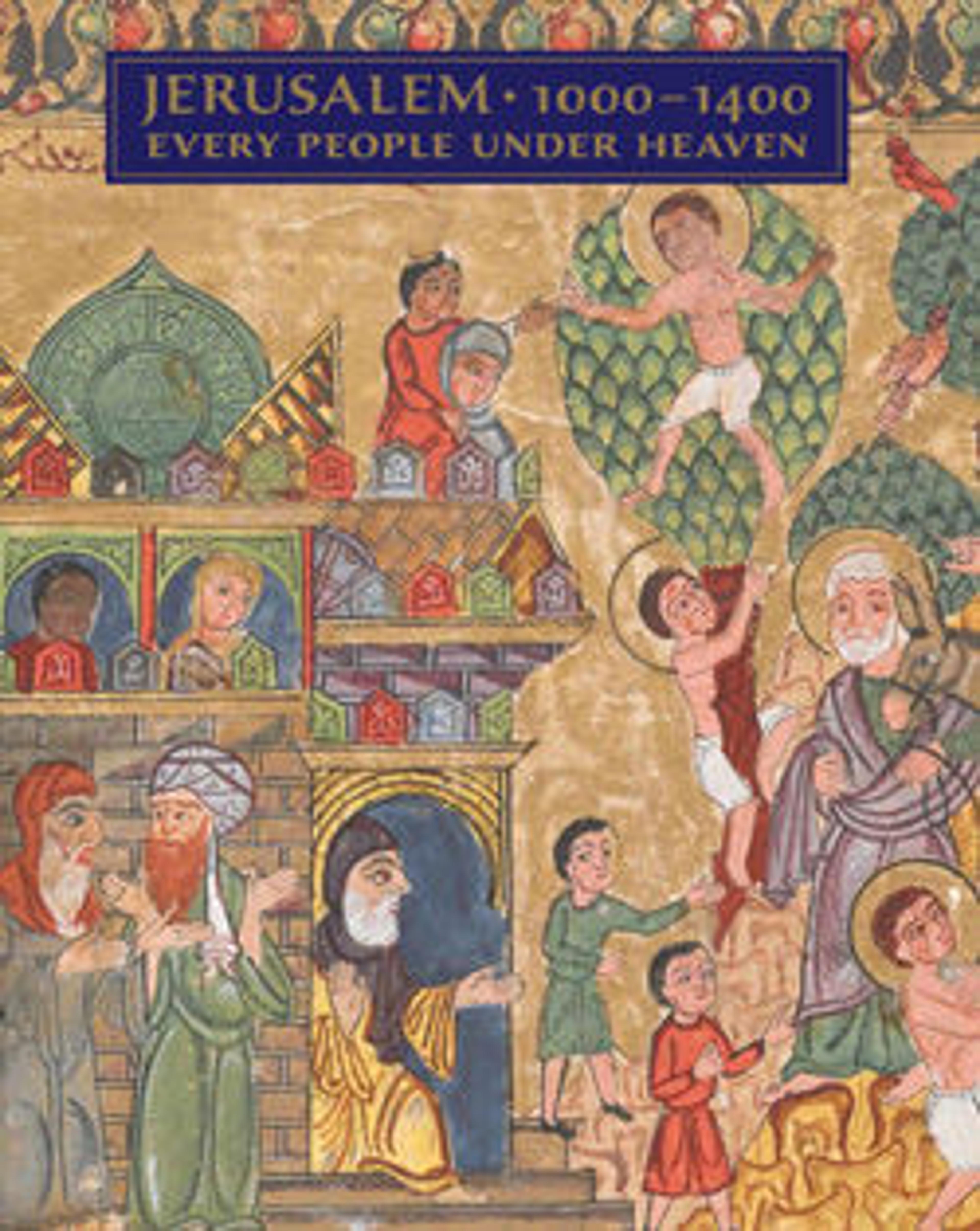Fragment of a Bowl with a Horse and Rider
When intact, this example of Port Saint Symeon ware may have shown the rider hunting with a falcon. It is typical of the wares produced in the 1200s at the Crusader port of the Byzantine city of Antioch, which fell to the Mamluks of Egypt in 1268. Similar examples have been found in Crusader castles in the Holy Land as well as Italy.
Artwork Details
- Title: Fragment of a Bowl with a Horse and Rider
- Date: 1200–1268
- Geography: Made in Port Saint Symeon (now al-Mina/Samandag,Turkey)
- Culture: Byzantine
- Medium: Terracotta with green glaze over slip, decorated in sgraffito
- Dimensions: Overall: 6 3/4 x 1/2 x 10 5/8 x 3 3/8 in. (17.2 x 1.3 x 27 x 8.5 cm)
Proposed Diameter for complete bowl: 11 5/8 in. (29.5 cm) - Classification: Ceramics
- Credit Line: Purchase, Anonymous Gift, 1984
- Object Number: 1984.181
- Curatorial Department: Medieval Art and The Cloisters
More Artwork
Research Resources
The Met provides unparalleled resources for research and welcomes an international community of students and scholars. The Met's Open Access API is where creators and researchers can connect to the The Met collection. Open Access data and public domain images are available for unrestricted commercial and noncommercial use without permission or fee.
To request images under copyright and other restrictions, please use this Image Request form.
Feedback
We continue to research and examine historical and cultural context for objects in The Met collection. If you have comments or questions about this object record, please complete and submit this form. The Museum looks forward to receiving your comments.
